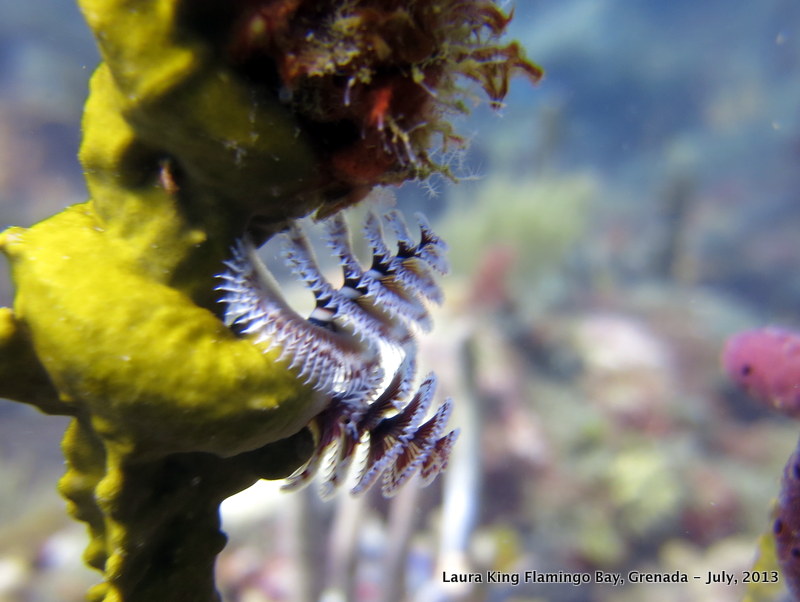I am often asked many questions about my photos and thought I would compile a list of hints to help aspiring photographers on their way.
First and foremost is buoyancy. If you do not have absolutely perfect buoyancy, then you can forget capturing beautiful images. If you cannot hold yourself perfectly still, your images will be blurred. There are so many factors that you are dealing with underwater – your subject is most likely always moving, often times there can be a current. The last thing you need is for you yourself to be moving too.
Underwater Photographers should have the utmost respect for the marine environment. You should absolutely never have to lie across the reef to get a decent shot. Practice your buoyancy and before you even begin shooting, see if you can hold yourself in perfect position without damaging the corals.
Get close! Get as close as you can and then tell yourself you are not close enough. You have to deal with particles in the water, and the less water between you and your subject, the less “back scatter” your images will have. Some fish are very difficult to get close to. A good friend of mine told me to always hold my camera with my arms extended, so that once you choose a subject there is no need for sudden movements. Approach as slowly as you can and focus on your breathing. I personally like to approach on an “IN” breath, so that my bubbles don’t frighten the subject.
Be patient. We all know patience is a virtue, but when it comes to wildlife photography of any kind it is absolutely essential. Remember that no matter how fast you swim, most fish will always be faster. Swim slowly and if possible, let the fish come to you. Wait and observe the fish for a while. Once they become used to your presence they may make closer turns. Its much better to photograph a fish coming towards you than one swimming away.

If possible, stay shallow. The shallower you are, the more ambient light you will have to play with. Most reefs have the highest density of marine life above twenty metres, so you are likely to find more interesting subjects. The shallower your dive, the longer your air will last, which means additional time shooting.
Read your manuals! Learn your camera and its various functions and practice on land. I frequently use my Fish Eye lense on land. Like with most things, practice makes perfect. You want to develop your camera muscle memory. Read books on photography. Often I will see something and remember a hint or an idea I have read, and try it out. It makes for interesting photos and makes you shoot outside your normal realm.
Get out of the “Green Zone”. Experiment with the various functions on your camera. Most cameras will have a decent Automatic setting, but who wants to use default settings? Play with the light, change your aperture and shutter speed and see how your composition changes. Many photo stores will host work shops, which is a great way to expand your knowledge and to learn new tricks.
Never ever forget your safety whilst diving. Remember, there is always a better photograph out there waiting to be taken. Remember to maintain good buddy contact and adhere to the fundamental skills you have already learnt. Check your air supply frequently and never exceed dive limits.
Lastly, always respect the environment you are in. If you want to enjoy taking photographs for years to come, then its up to all of us to leave the reef in the same condition if not better than we found it in. Do not move anything underwater in order to get a better shot. Remove any debris you may come across. Ensure none of your equipment is dragging, including your fins!
Take only photographs… leave only bubbles! Happy diving xxx
by guest blogger Laura King

